I am going to be honest with all of you. Yesterday’s fact on the black widow spider kind of gave me the heebie jeebies so I figured I would go back to a nice fluffy mammal with today’s fact. Well, maybe the Siberian Tiger isn’t a very nice, fluffy mammal but it is still better than those creepy poisonous spiders!
Tigers are the largest of all wild cats and the Siberian Tiger is the largest subspecies of all the tigers. In case you were wondering this particular tiger can weigh up to 300 kg (660 lbs). As you may have guessed the Siberian Tiger can be found in the birch forests of Western Russia. Most other tigers can be found in the warmer climates of India and China. Surprisingly enough though, living in Siberia actually has some benefits. The harsh climate means a lot less human interference plus they have a ton of woodlands where they can roam. As you can imagine, China and India don’t offer tigers these luxuries. Unfortunately, these wide open spaces are not cheap for the Siberian Tiger as they have to deal with frigid temperatures just to get away from human interference.
Evolution has given these beautiful tigers a break as they have evolved several adaptations that allow them to adjust to the harsh weather. First you will notice that the winter coat of the Siberian tiger is white instead of the typical red colour that you normally find on tigers. This helps them with camouflage in the snowy conditions. So now you are saying, “Big deal, you can’t see them but the cold will still find them”. Well, you are right but the Siberian Tiger grows a longer and denser coat to help protect them from intense cold. If this isn’t enough, they also have an extra layer of fat on its belly and sides to insulate them. It is nice to know that I am not the only one who has put on an extra layer of fat to help me get through the Yukon winter.
Well, that just about does it for me today. I hope you enjoyed today’s fact about the Siberian Tiger.

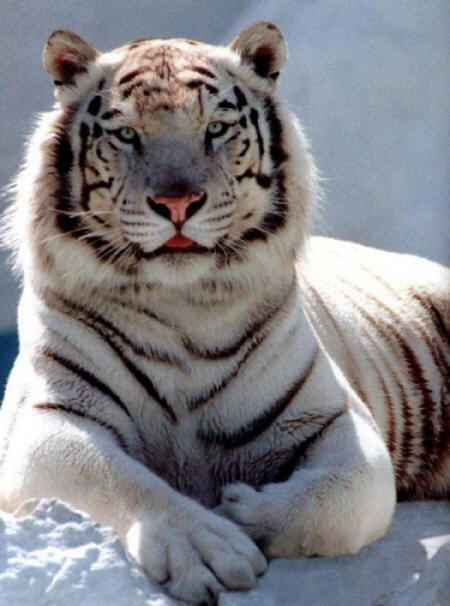
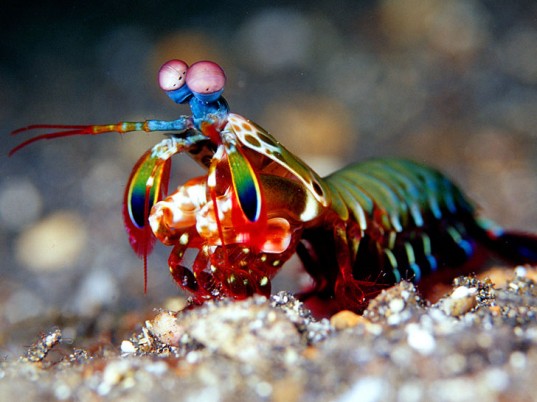


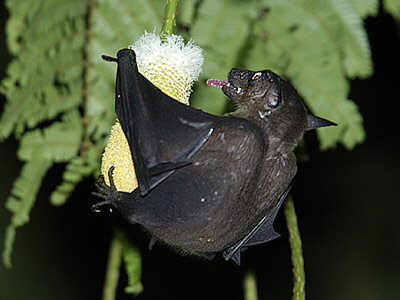
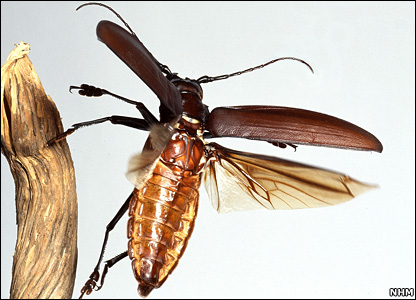
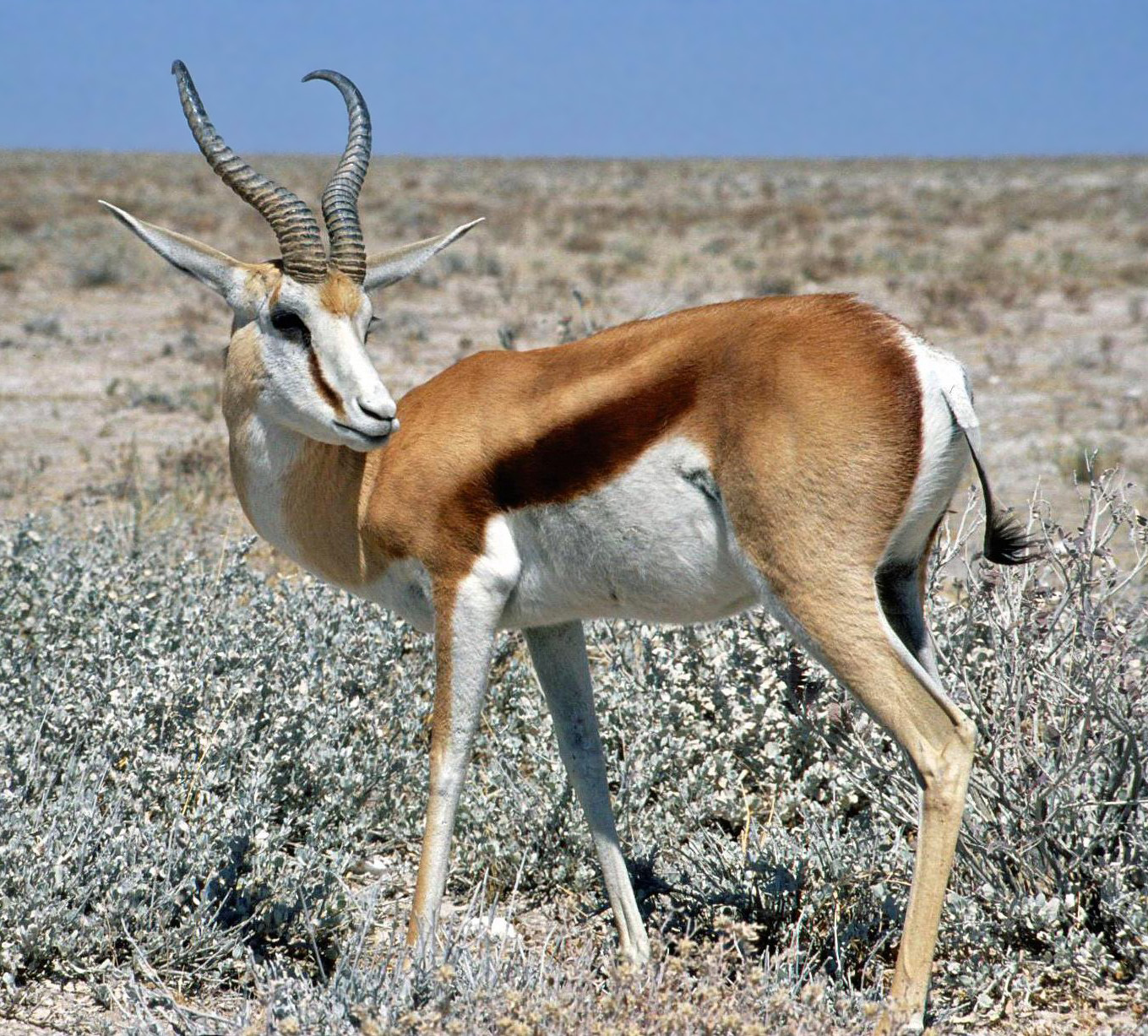
http://www.youtube.com/watch?v=_5_mzz-9i3g&feature=related
This is a nice video explaining White Tigers and how it is a function of a recessive gene being activated.
Thanks for posting this.